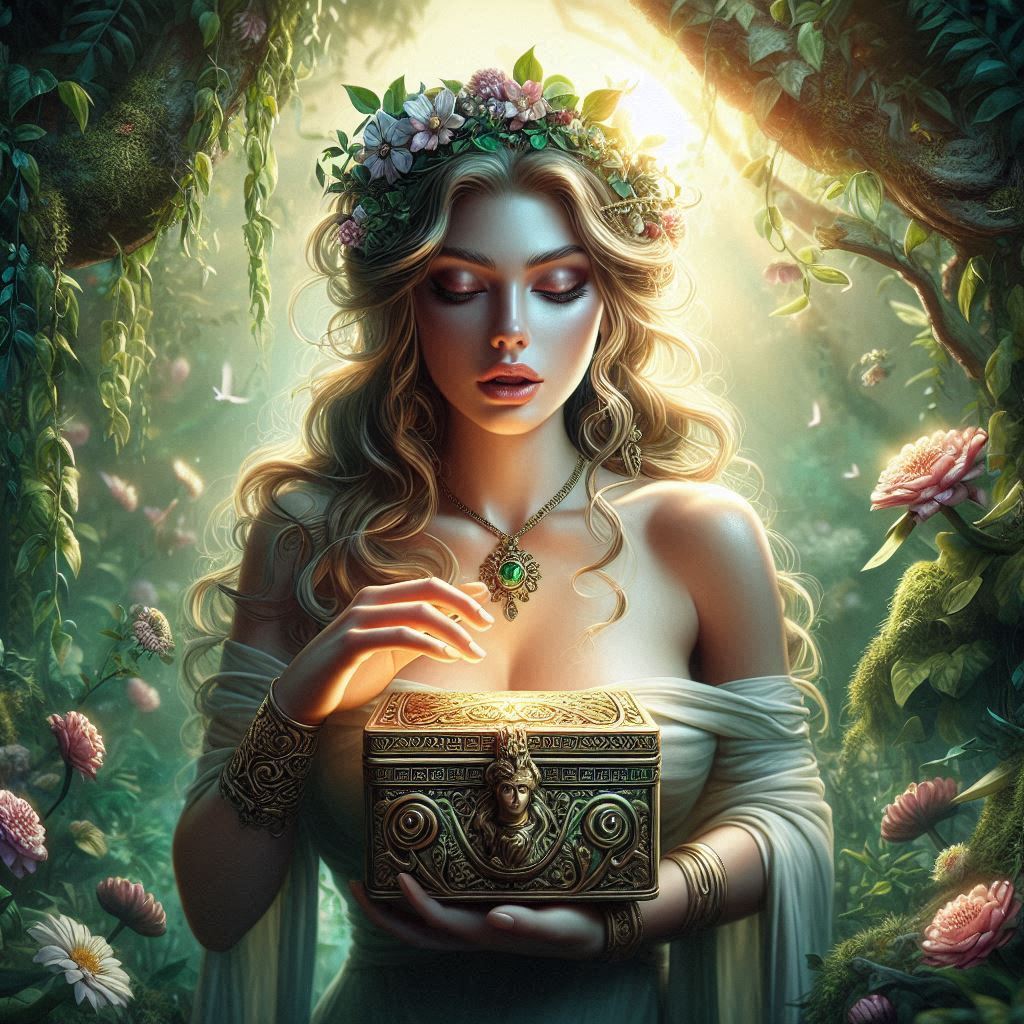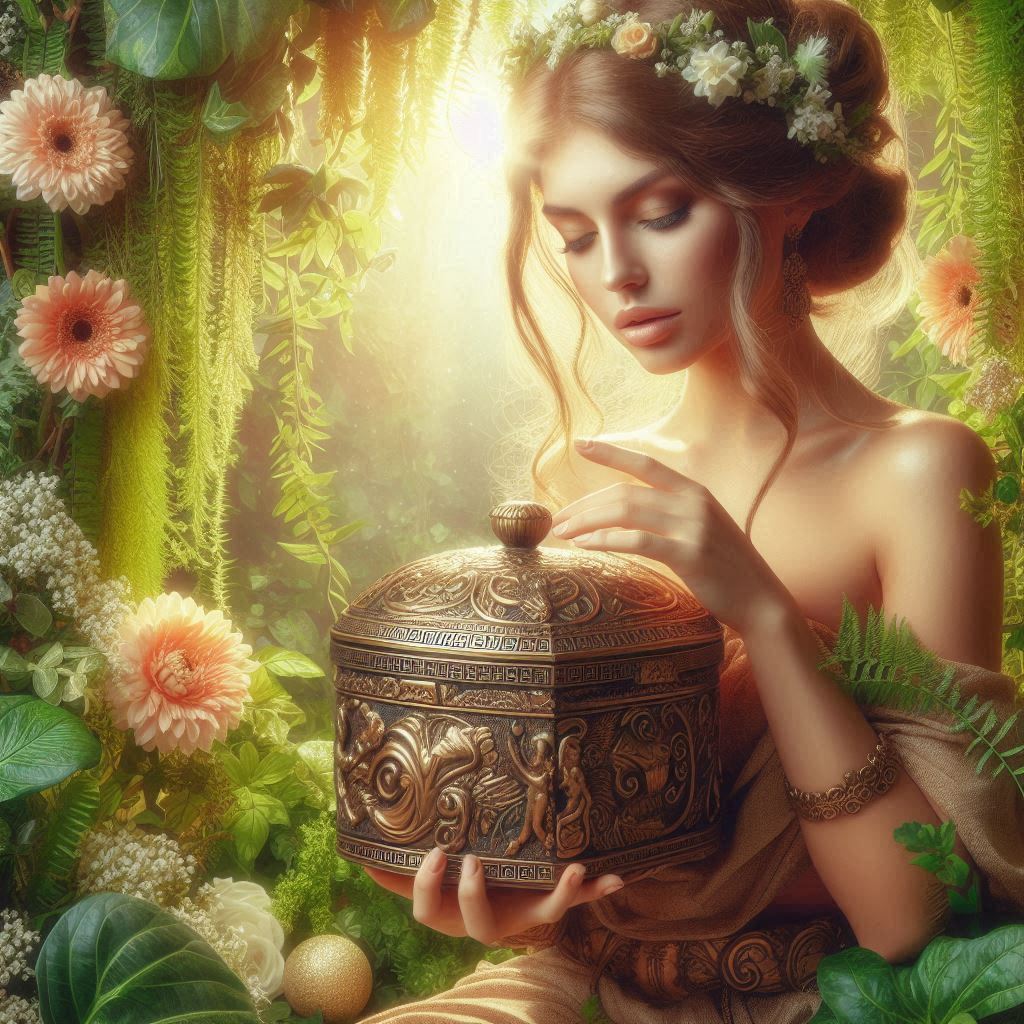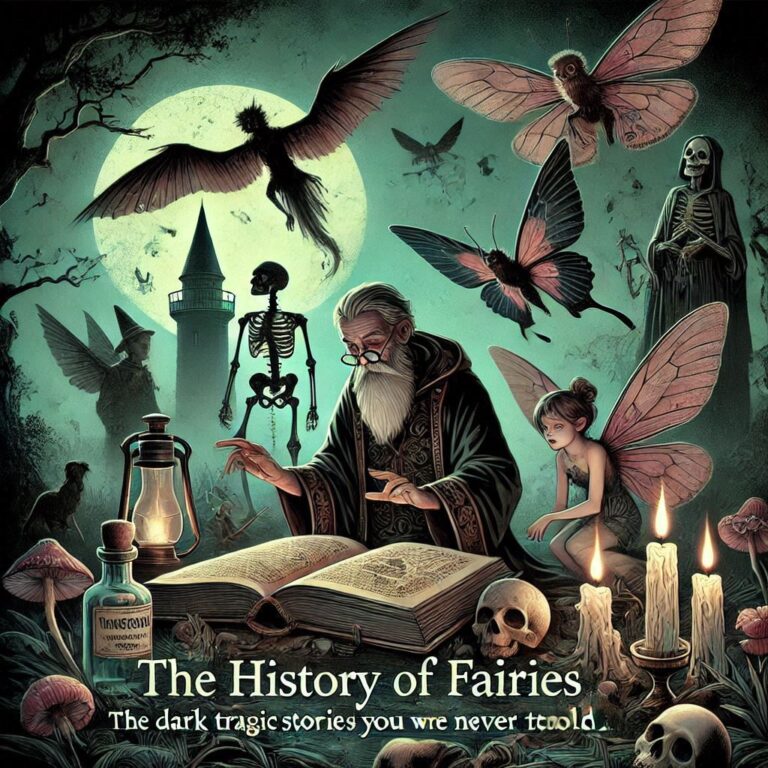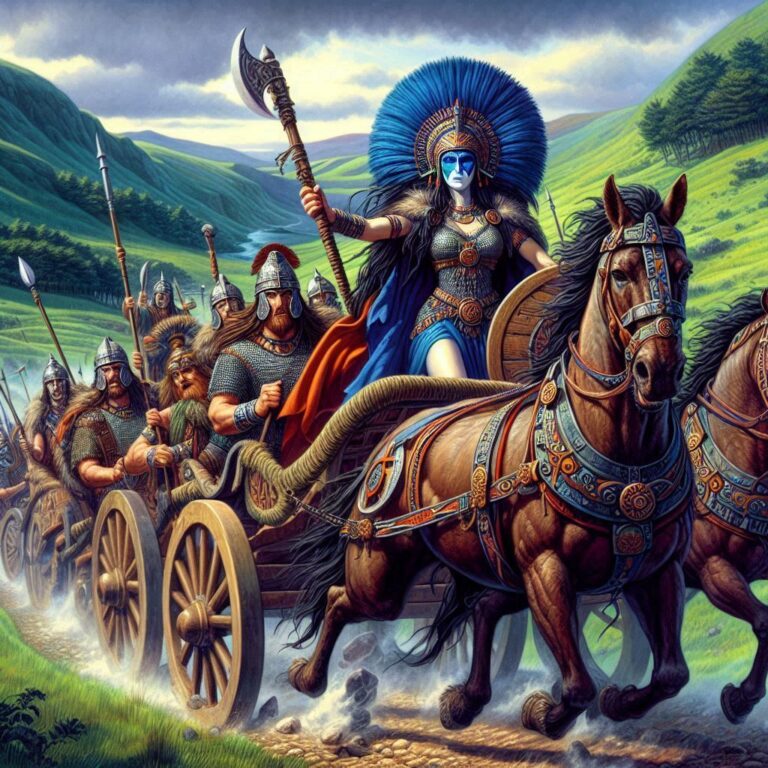The Myth Of Pandora’s Box
The Myth of Pandora’s Box
The myth of Pandora’s Box is one of the most enduring and intriguing tales from ancient Greek mythology. It tells the story of Pandora, the first woman created by the gods, and how her curiosity unleashed both hardship and hope upon humanity. This story, rich with symbolic meaning and timeless lessons, continues to captivate and teach us about the complexities of human nature.

The Creation of Pandora
The tale begins with the Titan Prometheus, who defied Zeus, the king of the gods, by stealing fire from Olympus and giving it to humanity. Enraged by this act, Zeus decided to punish Prometheus and humankind. As part of his retribution, he commanded Hephaestus, the god of blacksmiths and craftsmen, to create a woman of stunning beauty. The other gods endowed her with various gifts: Athena gave her wisdom, Aphrodite bestowed beauty, Hermes granted cunning, and Hera gave curiosity. This first woman was named Pandora, which means “all-gifted.”
The Forbidden Jar
Zeus gave Pandora a jar (often later mistranslated as a box) and instructed her never to open it. He then sent her to Epimetheus, Prometheus’s brother, who accepted her despite warnings from Prometheus to be wary of any gifts from Zeus. Pandora’s life among mortals was marked by her radiant beauty and charm, which endeared her to the people.
However, Pandora’s curiosity grew stronger each day, gnawing at her resolve. She wondered what secrets the jar held and why it was forbidden to her. Eventually, her curiosity overcame her caution, and she lifted the lid.
Unleashing the Evils

As soon as Pandora opened the jar, a swarm of dark entities flew out, spreading misery and suffering across the world. These entities represented all the evils that plague humanity: disease, sorrow, vice, and all forms of hardship. Terrified by what she had done, Pandora quickly closed the jar, but it was too late—the damage was already done.
The Glimmer of Hope

Amidst the chaos, one last entity remained in the jar—Elpis, or Hope. Realizing this, Pandora reopened the jar just enough to let Hope out into the world. Although humanity was now burdened with countless troubles, Hope remained as a comfort and source of strength, offering a glimmer of light in even the darkest times.
Interpretations and Lessons
The myth of Pandora’s Box is rich with symbolic meaning and has been interpreted in various ways throughout history. One prevalent interpretation is the duality of human nature. Pandora herself embodies this duality: she is both a source of life’s blessings and the bringer of its hardships. Her curiosity, often seen as a negative trait, is also the driving force behind human progress and discovery.
The jar’s contents represent the inevitable difficulties of life. The presence of Hope, however, suggests that no matter how dire circumstances may become, there is always a reason to persevere. This aspect of the myth emphasizes resilience and the enduring human spirit.
The Myth Of Pandora’s Box
Additionally, the myth can be seen as a cautionary tale about the consequences of disobedience and the perils of curiosity. Yet, it also acknowledges that curiosity is an integral part of the human condition and can lead to both enlightenment and trouble.
Legacy
The myth of Pandora’s Box has left an indelible mark on Western culture, influencing literature, art, and philosophy. It serves as a reminder of the complexities of human existence, where hope and despair coexist. Through Pandora’s story, we are reminded that while we may face countless challenges, the hope within us can guide us through adversity and inspire us to seek out the light in even the darkest moments.
In essence, Pandora’s Box is more than just a myth; it is a profound reflection on the human experience, capturing the eternal dance between curiosity and consequence, despair and hope


